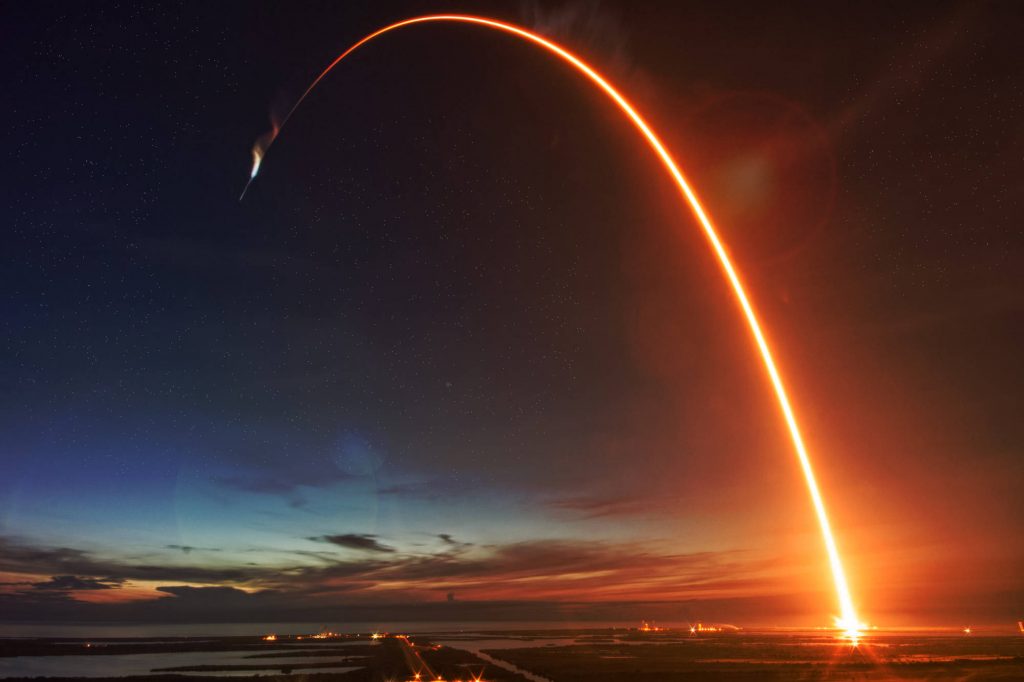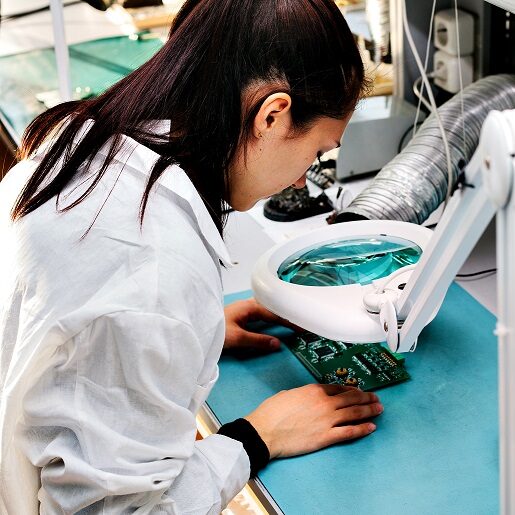Space Mission Design
Spacecraft and payloads are designed to work remotely in harsh environments. Based on their mission they have unique and strict requirements which need to be thoroughly examined and their verification carefully planned
What are the needs of the mission and how do we best achieve our goals? Which payloads are going to be included to deliver the required customer data? How will the satellite(s) be deployed, and in which orbit? How is the data going to be acquired, secured and provided to the owner? How will the satellite(s) maintain orbit and how and when will decommissioning be performed?
Space Mission Design refers to the process of planning and organizing a space mission from its conceptualization to its execution. It involves a multidisciplinary approach that encompasses various aspects, including mission objectives, scientific goals, payload selection, trajectory planning, launch vehicle selection, mission duration, communication strategies, and operational considerations.
Space Mission Design typically involves a team of experts, including Space System Engineers, astrophysicists, aerospace engineers, and mission planners. They work together to define the mission’s purpose, scope, and destination, considering scientific research objectives, exploration goals, and technological requirements.

During the Space Mission Design process, the team evaluates potential launch vehicles suitable for the mission’s requirements, considering factors such as payload capacity, performance capabilities, and compatibility with the mission’s trajectory. Launch dates and windows are also determined, taking into account orbital dynamics and other constraints.
Once the preliminary mission parameters are established, the team proceeds with detailed mission planning. This includes mapping out the mission timeline, specifying the sequence of events, planned maneuvers, instrument operations, and data collection strategies. Additionally, contingency plans and risk mitigation strategies are developed to ensure mission success and safety.
Space Mission Design plays a critical role in optimizing mission outcomes and resource utilization. It involves careful analysis, simulation, and modeling to ensure the mission’s feasibility, efficiency, and scientific value. The data and insights generated during the Space Mission Design phase serve as a foundation for the subsequent stages of mission development, such as satellite design, construction, and operation.
At EIDEL, our Space System Engineers analyze every phase of a mission’s lifecycle, from understanding its purpose, scope, and destination, to selecting launch vehicles and launch dates, and finally mapping out all planned maneuvers and operations. All of this provides vital data for the actual design of the satellite(s) and for the mission control systems and communication stations on the ground.
Related markets
- Space
Related categories
- Services


